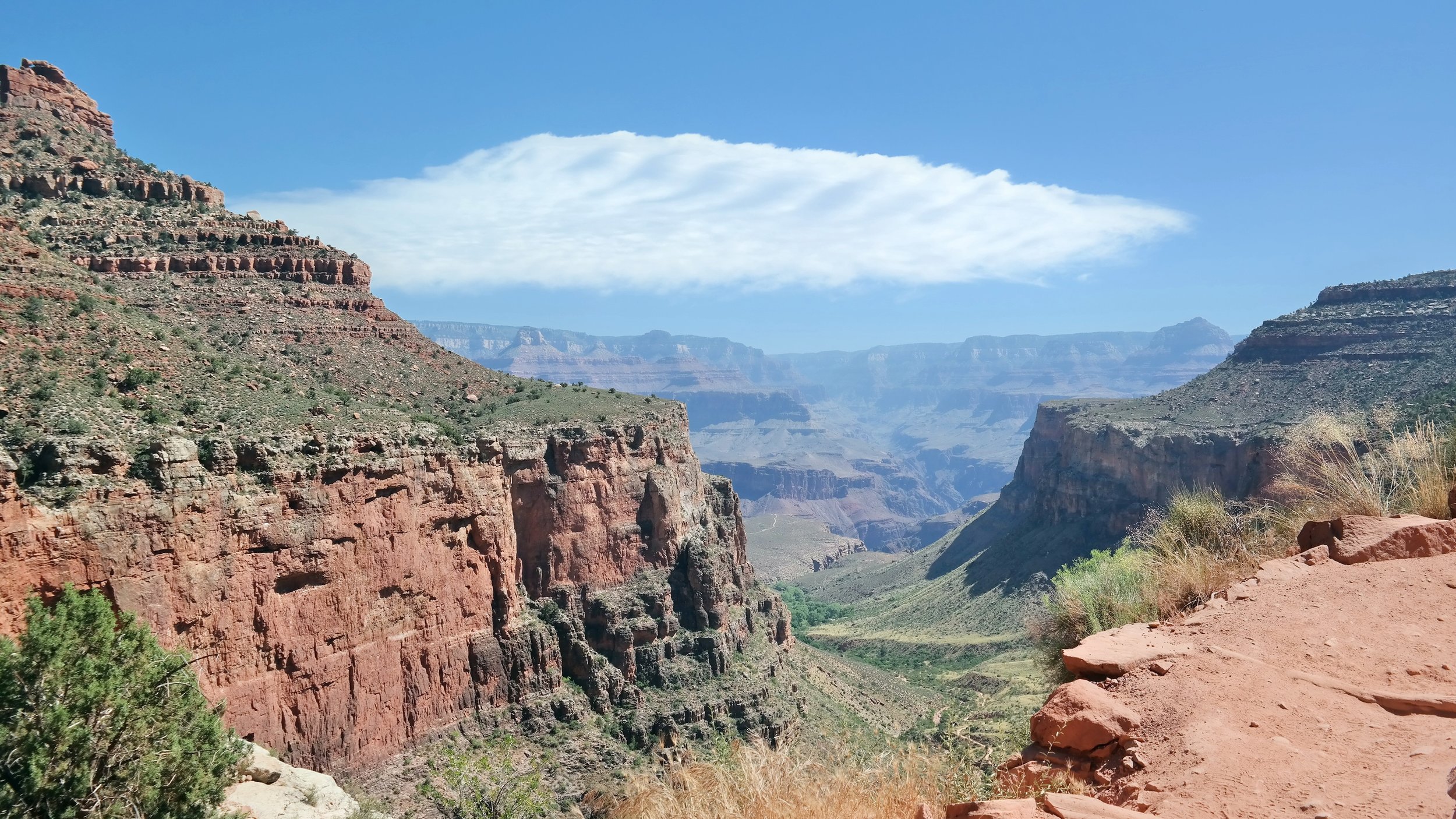Where were you when you discovered your love for nature?
This discovery came slowly for me. I grew up in the suburbs of San Antonio, the seventh most populated city in the US. While I spent a lot of time outside growing up, my activities centered mostly around team sports. A few RV camping trips with my grandparents and extended family were fun but made no lasting impression.
I was 24 when my boyfriend (now husband) Taylor suggested we tack a visit to Colorado onto the end of another trip we were taking to Washington DC. I agreed, and before I knew it we were driving through Estes Park on our way to Rocky Mountain National Park. At this point, I was more excited to see the famous Stanley Hotel (which had served as inspiration for Stephen King's novel The Shining) than I was for our hike.
Taylor had done some research and picked a 9-mile hike for us to do named Sky Pond. The hike begins at Glacier Gorge Trailhead, one of the more popular parts of the park. Because of this, we started the hike surrounded by other park visitors, many of which dropped off about a mile in at Alberta Falls. The chatter of other people died away as we continued on and the trail became continually more challenging. Not used to the elevation, I trailed several steps behind Taylor for most of the hike.
Loch Vale aka The Loch, about 3 miles into the Sky Pond hike
About four miles from the trailhead we reached the base of Timberline Falls. From there, the trail went directly up the side of the waterfall. This required us to climb/scramble about 100 feet up. The climb wasn't too difficult, but I found it exhilarating. Once at the top, we found the Lake of Glass and amazing views of several surrounding peaks. Despite the many people we had started the hike with, we were the only ones who had climbed the falls and we had this beautiful piece of nature all to ourselves.
Lake of Glass, Rocky Mountain National Park
That moment at Lake of Glass stands out vividly in my memory. The feeling of accomplishment of having made it to the top, the slight fatigue from the hike, the solitude, and the natural beauty of the Rocky Mountains formed an intoxicating combination. This was the moment I fell in love with the outdoors.
Where were you?
Heading down from Lake of Glass











